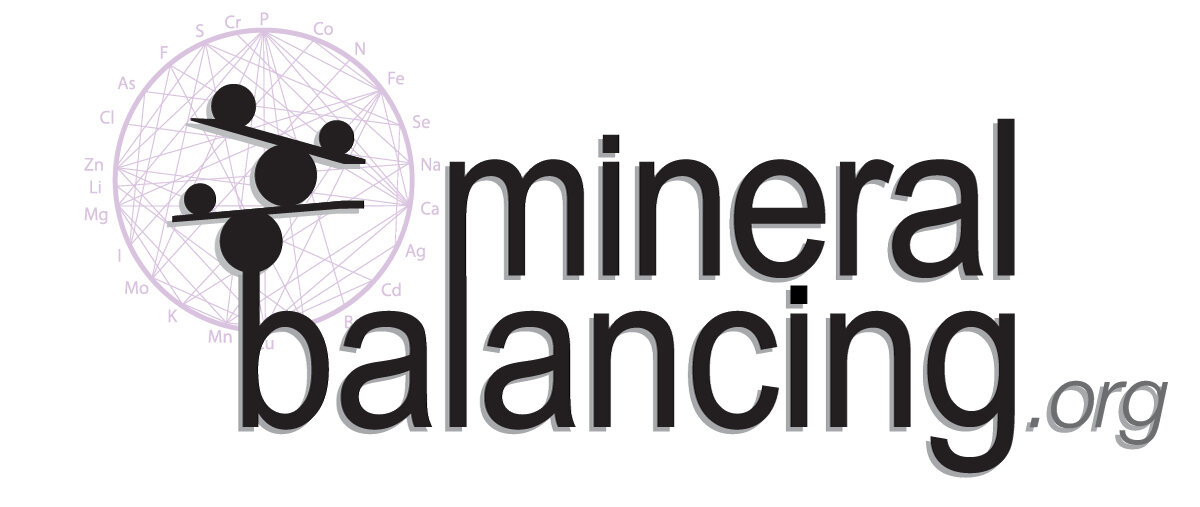Fast Oxidation - General Dietary Guidelines
Updated: 12/09/2022
NOTE: If you are in a four low’s pattern, please follow these guidelines, regardless if your pattern indicates a slow metabolic rate. Four low’s is a special sub-oxidation pattern that is similar to a fast oxidiser in that it has a low Ca/P ratio.
If you are a Mixed Oxidiser, your practitioner will indicate which diet to follow.
5 CUPS COOKED VEGETABLES. To reach this goal, you will need to eat cooked vegetables at least twice daily, and perhaps three times daily. Simple combinations are best for absorption. Include healthy spices and condiments to your food such as mustard, ginger, garlic and other herbs. See your Integrative Mineral Balancing Program for more information.
40% HIGH-QUALITY FATS. Such as cheese, yoghurt, cream, butter (unsalted). Increase intake of meat with fat on it. For those that are plant-based and will not include animal products no matter what, it is recommended to still try and minimise foods that are high in omega-3 fatty acids. Consider coconut, and avocado as important sources of high quality fat. Most nuts and seeds such as almonds, walnuts, and sunflower seeds are not ideal, but better than having a caloric deficiency.
40% PROTEIN, MAINLY OF ANIMAL ORIGIN. Include high purine protein sources include liver, kidney and heart. Unless notified otherwise, high protein and moderate purine intake should constitute approximately 40% of total daily caloric intake.
Note: If you have a sodium/potassium ratio less than 2.5:1, please click here for more specific protein and carbohydrate recommendations. Fast oxidisers with a low sodium/potassium ratio are generally slow oxidisers under stress and thus need a bit more carbohydrates.
20% COMPLEX CARBOHYDRATES. These include blue corn, brown rice, millet, quinoa, amaranth and others. However, avoid all wheat and gluten products. This includes; spelt, barley, rye and oats.
AVOID ALL SUGARS AND REFINED CARBOHYDRATES. This includes white and brown sugar, candy, soda pop, cake, pastries, alcohol and white bread.
MINIMISE CHEMICALISED AND FAST FOODS.
FOODS TO MINIMISE* UNTIL THE NEXT HAIR TISSUE MINERAL ANALYSIS
*Minimise does not mean Avoid - you can still have these in small amounts daily.
Alcohol
Beans – Green
Beet Greens
Beets
Desserts - Cakes, candy, conventional chocolate
Sugars - Honey, maple syrup, agave, sugar (white, brown, etc.)
Chard
Collards
Eggplant
Fruits – Apples, peach, pear, grapes (concord),
Parsley
Rhubarb
Spinach
Sweet Potatoes
Tea – Black
Grains – Wheat, barley, rye, oats, spelt
IDEAL FOODS THAT MAY BE INCREASED IN THE DIET
Avocado
Beans/Legumes – Garbanzo, lentils, lima, navy, lentils, peas
Beef – Lean
Dairy – Whole milk, yoghurt (Greek), cream, cheese (especially higher fat types such as cheddar, colby and Swiss)
Egg – Yolk
Lamb
Liver - 4 oz per week
Liverwurst
Roast – Chuck, Rump
Sausage – Lean
Stews – Beef, lamb, vegetable
AMINO ACIDS THAT IMPROVE CALCIUM ABSORPTION
Calcium absorption is greatly enhanced when the diet is high in amino acids, lysine, arginine and histidine. These amino acids also help to reduce the acidity of the tissues. Both effects are favourable for the fast metabolizer, therefore the addition of any of the following foods to the diet is recommended at this time:
Beans/Legumes – Garbanzo, lentils, lima, navy, lentils, peas
Sausage (lean)
Rump Roast
Beef Stew
Cottage Cheese
Chuck Roast
Lentils
Heart
Lamb
Spare Ribs
FOODS HIGH IN CALCIUM
The following foods are high in calcium content in relation to phosphorus:
Dairy – Whole milk, yoghurt (Greek), cream, cheese (especially higher fat types such as cheddar, colby and Swiss)
Collards
Butterbur (fuki)
Mustard Spinach (tendergreen)
Papayas
Turnip Greens
Lamb’s quarters
Arugula
Dill
Basil
FOODS HIGH IN B12
Fast oxidiser’s generally have elevated levels of tissue iron, potassium and zinc, and these are all antagonistic to cobalt. Foods that contain high amounts of B12 include:
Beef Liver
Beef
Clams
Dairy – Whole milk, yoghurt (Greek), cream, cheese (especially higher fat types such as cheddar, colby and Swiss)
Eggs
Sardines
Scallops
FOODS HIGH IN COPPER
Fast oxidiser’s have an increased need for copper. The following foods, which are high in copper relative to zinc, should be considered until the next evaluation:
Liver
Lobster
Cod
Crab
Mushrooms
Prawns
Avocado
Yeast
Baker's
Brewer’s
Cacao
Peach and Apricot
FOODS HIGH IN CHOLINE
Fast Oxidiser’s are often in a state of sympathetic activity, and thus need more support with relaxing nutrients such as choline. The following foods are high in choline and help slow the metabolic rate.
Beef
Chicken
Cod
Eggs
Scallops
Shrimp/Prawns
Turkey
This document contains only a limited number of foods to avoid or to increase in the diet and is not conclusive. Please note that these suggestions may conflict with the Integrative Mineral Balancing Program document provided by John.

